If someone asked what the Boston neighborhood of Roxbury and The Republic of Congo have in common, chances are you wouldn’t have an answer. One is an American neighborhood in Massachusetts, and the other is a country in Africa. The answer is: life expectancy. How is it that a neighborhood within one of the best cities for young professionals in America has a comparable life expectancy to a country that ranks well below world averages for rule of law, regulatory efficiency, and political stability? Unfortunately, in many pockets of American society, citizens are subjected to standards that even some developing countries would deem deplorable. The average American life expectancy is 78.7 years as of 2016. Life expectancy in Roxbury is 58.9, nearly twenty years less than the national average. There is a common theme between areas in the bottom 25% of life expectancy: less degrees, lower income, predominantly black populations, and being in the South.
One’s income is directly tied to health, income is correlated with education levels, and poverty has been directly linked with increased stress and cortisol reaction. Chronic stress and the accompanying cortisol secretions are shown to change brain chemistry permanently after weeks, and often leads to harmful health behaviors as a means of coping with the stress. Some of these harmful health behaviors include drug use and abuse, poor eating habits, and poor sleep quality. While it’s tempting to assume these factors have the biggest impact on one’s health, it’s been shown that the zip code you reside in is a better predictor of health than genetic makeup or even race.
The first aspect of one’s zip code is their home. Americans spend 87% of their time indoors, and 37% of their time sleeping. With that being said, the quality of our architecture and urban planning relates directly with our health. If we spend over 20 hours of our days indoors, it’s imperative that our indoor environments are conducive to good health, but often, our housing quality falls short for those most at risk.
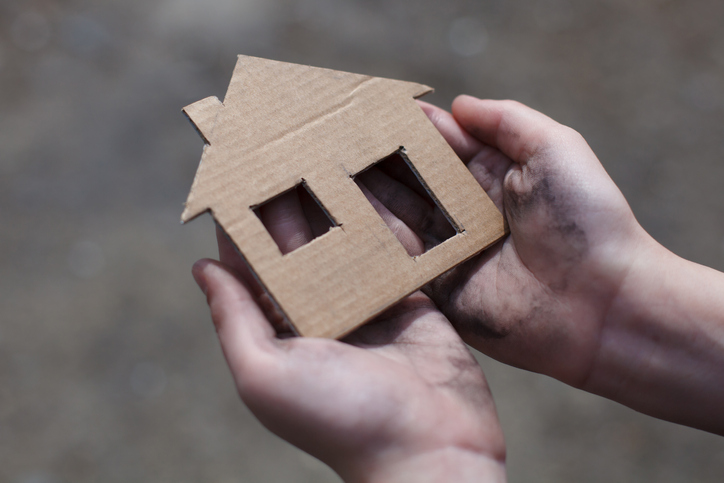
According to the Robert Wood Johnson Foundation’s Commission to Build a Healthier America, there are three important and inter-related aspects of residential housing that link directly to our health: physical conditions within homes, conditions in neighborhoods surrounding homes, and housing affordability.
Housing Affordability
Ten percent of very-low-income households (earning < $15,000 annually) live in inadequate housing. For the eight years between 2007 and 2015, homeownership rates have fallen, creating more renters. Due to the increased demand for, but relatively stagnant supply of properties, rents have risen and so have the rates of Americans who are rent-burdened, meaning they spend at least 30% of their income on housing. In 2015, 38% of all renter households were rent-burdened, and 17% were severely rent-burdened, meaning they spent 50% or more of their monthly income on rent. The lack of affordable housing affects at-risk communities disproportionately: 38% of renter households may be rent-burdened, but 46% of African-American-led renter households were rent burdened, and during the Great Recession, the gap between the share of white and African-American households experiencing severe rent burden grew by 66%. Elderly populations are especially vulnerable, evidenced by the fact that about 50% of renter families led by someone over the age of 65 were rent-burdened. In the years preceding the recession and housing crisis, renters typically transitioned to home ownership after building a suitable credit profile, but due to a marked increase in foreclosures and changing attitudes regarding home ownership, the shift to renting has vastly changed the landscape of American housing practices. Fifty-seven percent of renters aged 18-34 cited an inability to obtain a mortgage as the reason why they were not buying homes. When you combine the diminished credit profiles of potential homeowners with tighter underwriting standards, and rents that are increasing faster than inflation, it’s easy to see how the current affordability crisis has come about, and how it disproportionately affects low-income, African-American, and/or elderly populations. What makes the situation worse is the fact that most potential owners are now renting, which further raises rents and reduces rental supply.
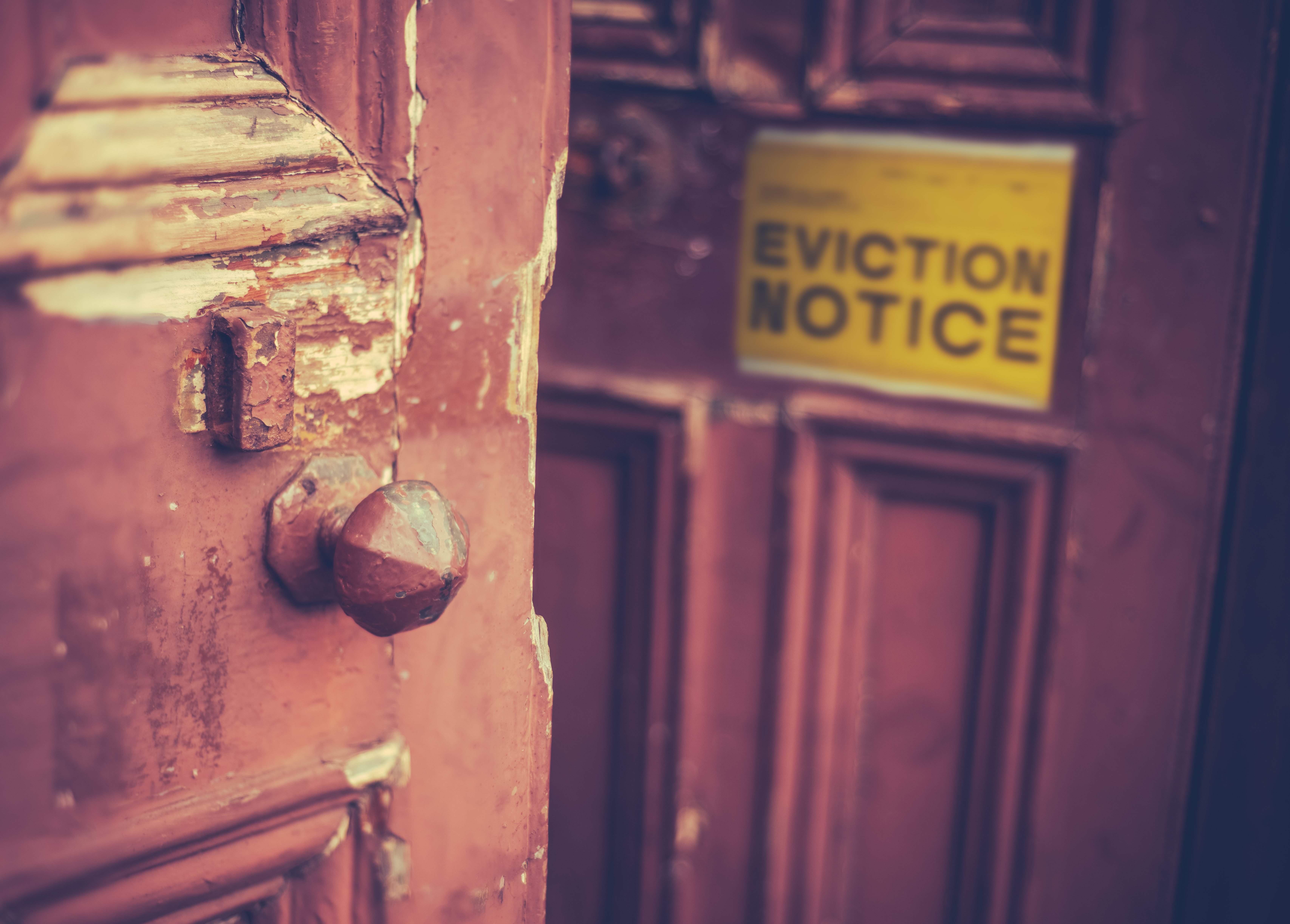
Neighborhoods Surrounding Homes
Crime
Income inequality has long been associated with higher rates of crime, and particularly violent crime. Violent crime is concentrated into particular neighborhoods, and has a more profound effect on residents’ perceptions of crime than any other kind. Violent crime rates (and overall crime rates) have declined steadily for two decades, but low-income neighborhoods are disproportionately affected still. A study done by the National Neighborhood Crime Study (NNCS) found that predominantly African-American neighborhoods average five times as many violent crimes as predominantly white communities, and Latino neighborhoods averaged nearly three times as many violent crimes than White neighborhoods. The differences in crime were linked to structural disparities, such as segregated neighborhoods, a lack of community resources, lowered levels of social trust, and ineffective means of social control.
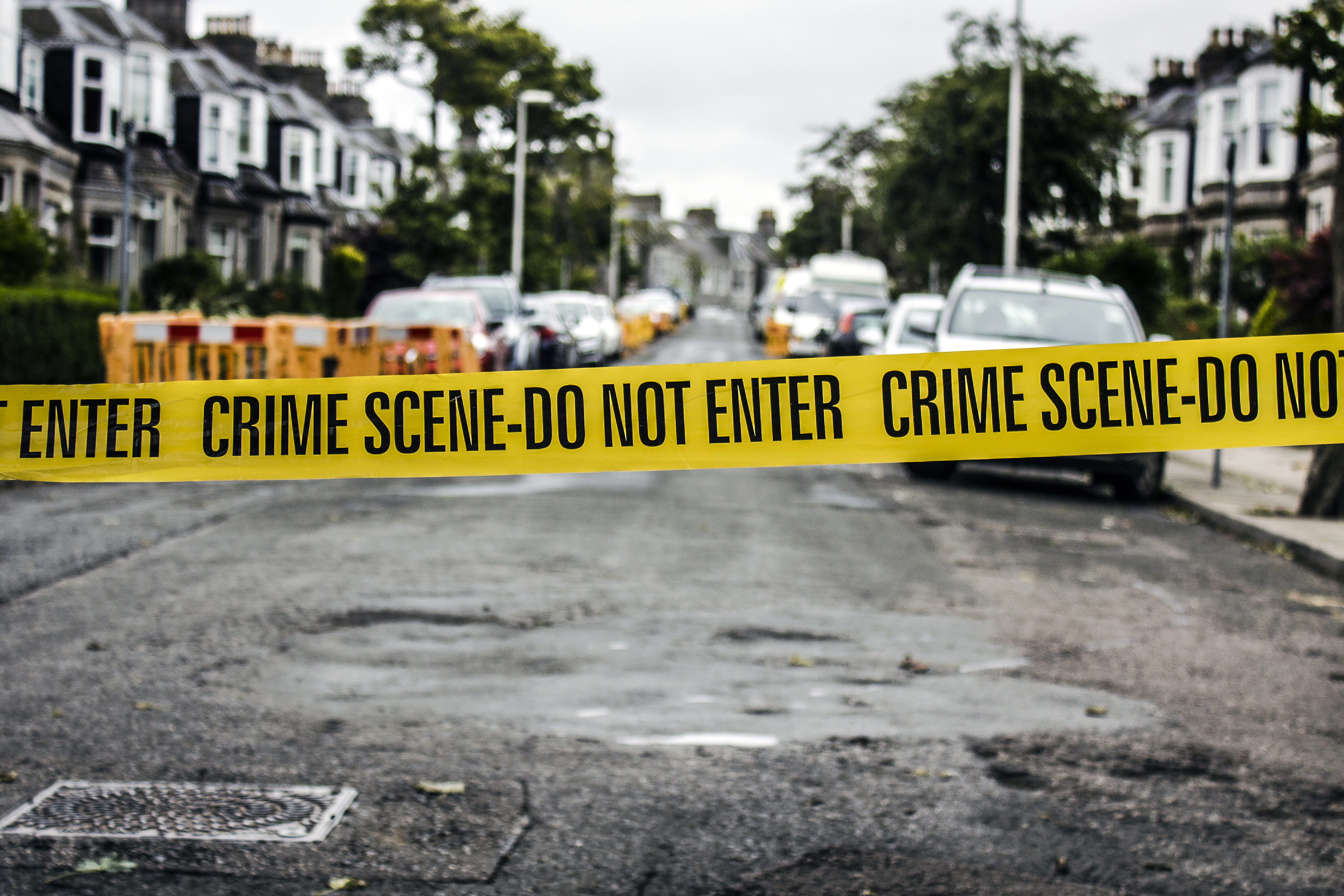
The consequences of being surrounded by crime in your neighborhood can last a lifetime and can affect many aspects of one’s life. In many dangerous areas, people may avoid going outside and letting their children outside. Links have been made between perceived neighborhood safety and obesity rates. If a parent is worried their child may be caught in the crossfire of a violent crime, their child will be confined to their home, decreasing their opportunity for physical activity.
Exposure to violence affects youth on a psychological, social, academic, and physical level. Youth exposed to violence are more likely to commit violence themselves, due to the desensitization that takes place. On a large scale, children living in neighborhoods with high crime rates for twenty years, experience significant reductions in income as adults, showing that the trauma can bleed into every aspect of children’s futures. Children exposed to violent crime score lower on their exams and face a future of psychological stress lasting into adulthood.
Collective Efficacy and A Lack of Trust
Due to the troubled relationships with law enforcement and a lack of access to institutions, many low-income neighborhoods experienced the adoption of “alternative laws” to cope with the abuses and crimes taking place in their community. Collective efficacy refers to the social cohesion of a neighborhood and their willingness to intervene on behalf of the common good. This phenomenon can be measured by whether residents believe people in their neighborhood can be trusted. There is a correlation between collective efficacy and violent crime: violence tends to reduce social cohesion, and social cohesion tends to prevent future violent crime. Patrick Sharkey, assistant professor of Sociology at NYU, states that “in communities with lower collective efficacy where residents retreat from public life and treat the presence of violence with resignation, adolescents may feel that attempts to avoid violence are futile, and that they are on their own in their attempts to do so.’” The concept of collective efficacy speaks to some of the hopelessness and resignation that low-income communities experience. To live an existence where one is struggling just to see another day is to live a life where it becomes nearly impossible to focus on anything other than survival. When violence and injustices become so commonplace that the desire to do right or live by the law is reduced, it is not surprising to see a community descend into a state of virtual lawlessness.
The Built Environment
A frequently overlooked aspect of public health is the relationship between environmental design and crime. Many low-income neighborhoods consist of old, poorly maintained buildings exposing residents to lead-based paint, faulty wiring, pests, and many other disadvantages. Dilapidated housing (abandoned, run-down buildings, etc.) is associated with increased criminal activity, under the hypothesis that “physical disorder creates subtle cues to residents and nonresidents alike that disorder is tolerated, further encouraging additional disorder”. Vacant properties contribute to increased crime rates, specifically property crimes and burglaries.
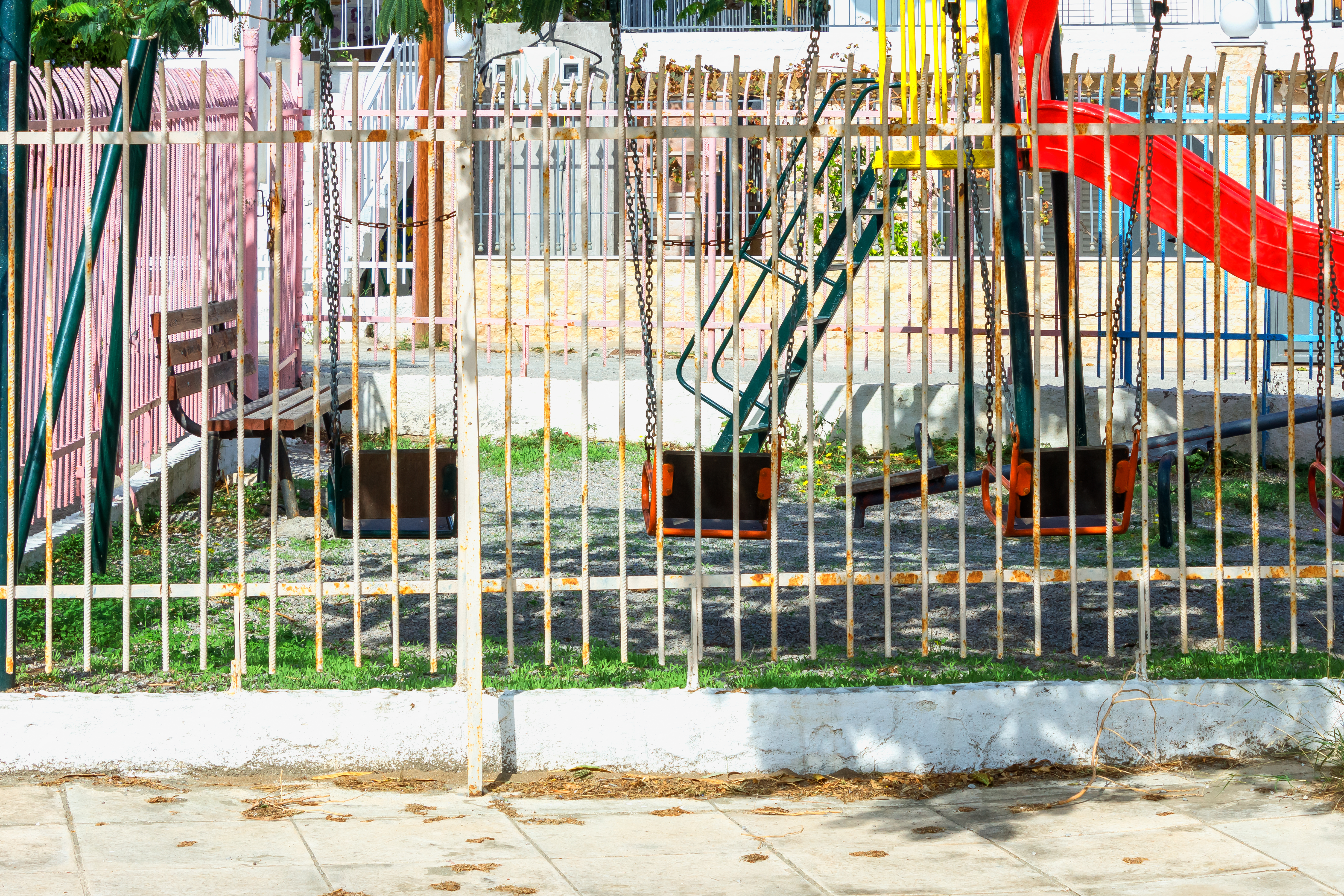
Environmental Racism
It’s impossible to address how the built environment disadvantages citizens without detailing the dark history of racial segregation in many major U.S. cities and on a national level. Middle class and economically stable black families who could afford to pay back loans were discriminated against by state and federal housing authorities. Redlining, the systemic denial of services, made it impossible for residents of majority-black neighborhoods to receive federally backed loans.When combined with racial covenants that kept blacks out of nearly half of Chicago’s neighborhoods in the 1940’s and substandard public housing being built in the 1940’s, it displays the genesis of the substandard housing crisis being dealt with currently. Most cities were built around industrial factories or plants, and when these companies moved overseas (or to neighboring suburbs), middle class black families moved away from these areas, leaving behind a lower class of citizens with few job opportunities. Many small businesses, such as banks and gas stations, leave these areas as well, due to their reliance on the business of factory employees who no longer have jobs. This leaves voids that are all too often filled with fast food and liquor stores seeking to capitalize on the dented dreams of those left to fend for themselves.
Check back tomorrow for Part 2 which outlines physical conditions within homes
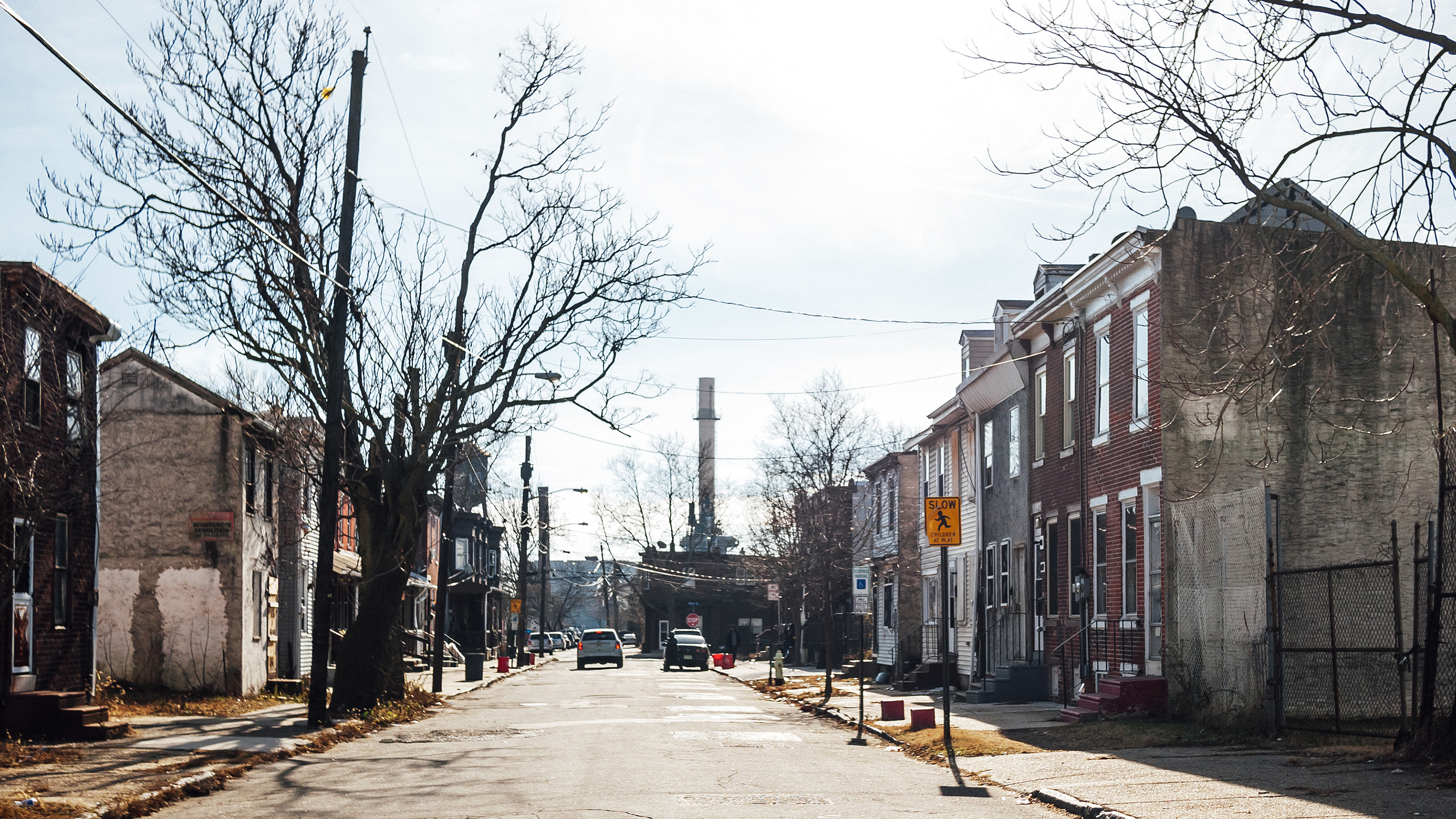

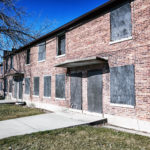



Join the Conversation